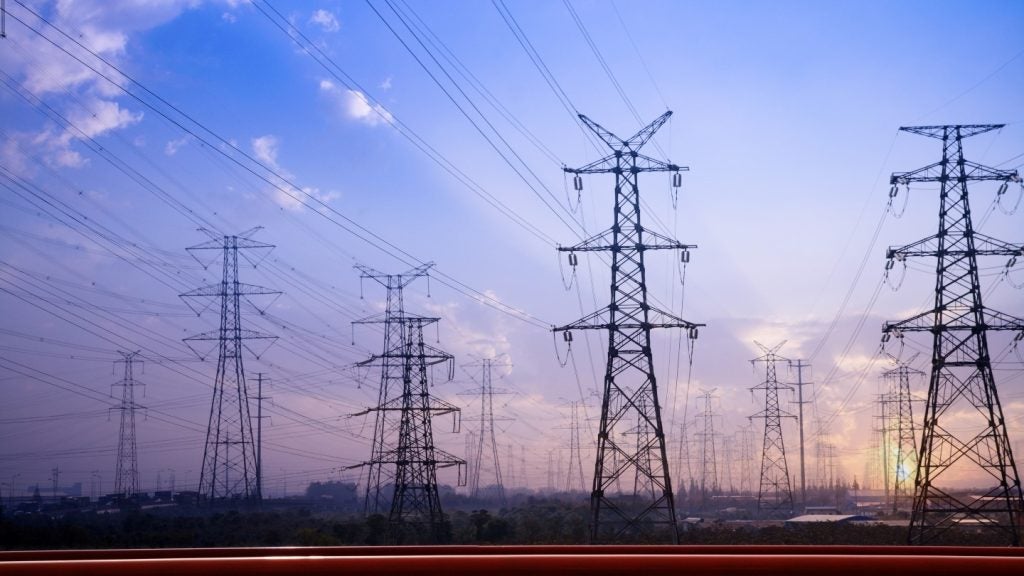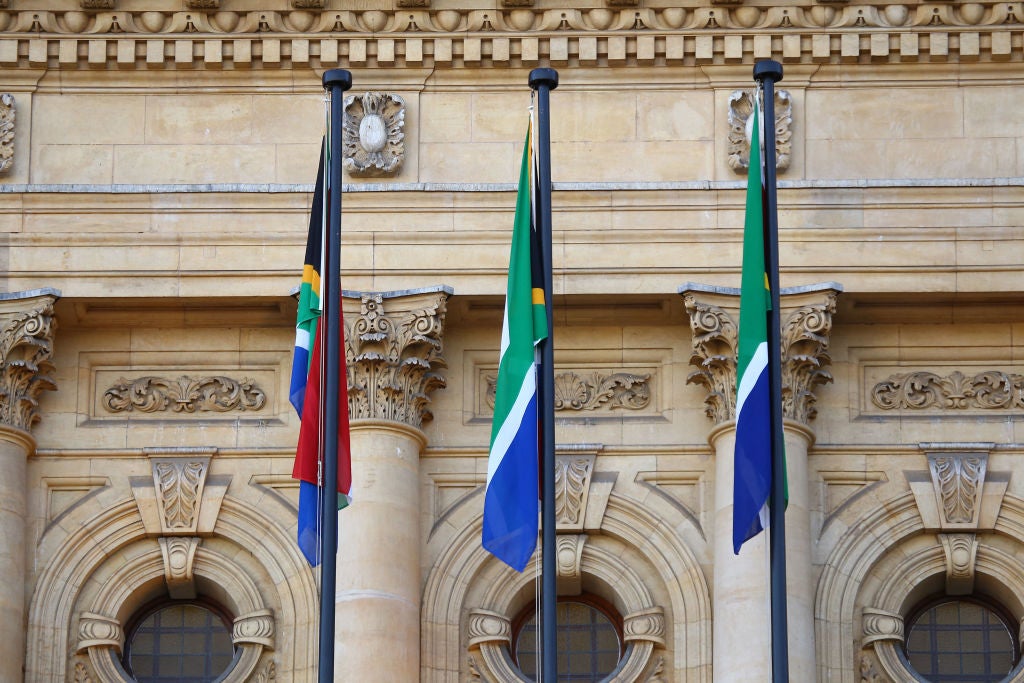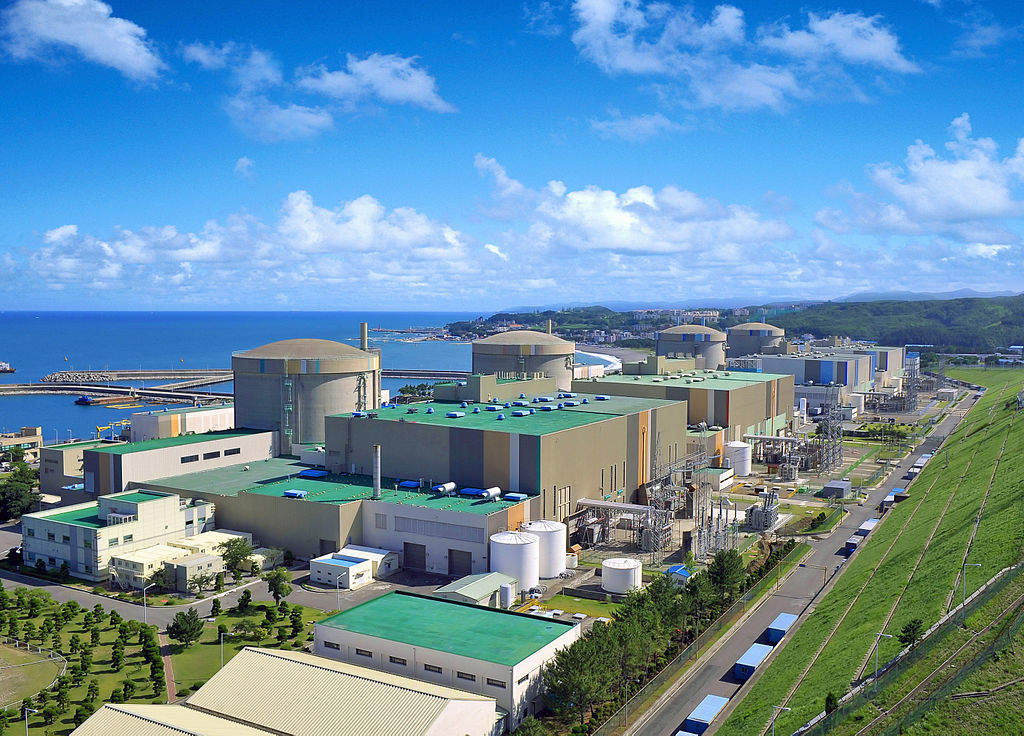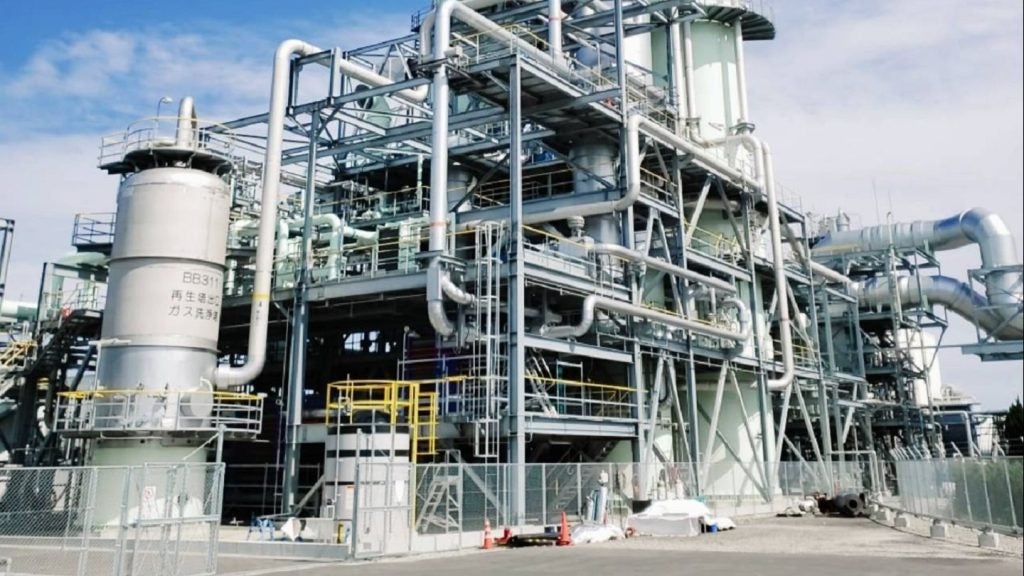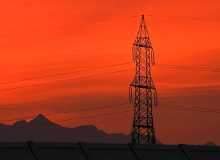
As the power generation mix evolves and companies look to meet strict emission reduction targets, new build development continues to sit at the top of the power agenda. Especially in South-East Europe (SEE), where energy demand continues to grow every year, new builds are often the only way to meet consumer needs.
In 2009, the Russia-Ukraine natural gas crisis demonstrated a distressing dependence of countries in the SEE region from their bigger neighbour in the east. Eighteen European countries reported major drops in or complete cut-offs of their gas supplies transported through the Ukraine from Russia, as a result of years-long pipeline disputes.
The events were followed by a considerable debate on European gas security with the aim to find a way to cope better in the years ahead.
The importance of ensuring future power supply, even in the case of a new disruption of gas deliveries, will also be debated at Arena International’s New Build South East Europe event taking place on 18-19 October 2011 in Istanbul, Turkey.
The event focuses on a mix of strategic and technical insights to assist European utilities in discovering where the SEE power market is headed, exploring the latest technological and regulatory developments.
Ahead of the event, power-technology.com looks into current efforts of securing energy in SEE countries, as well as how new builds and advancements in combined cycle energy production could lead the way toward energy independence in the region.
How well do you really know your competitors?
Access the most comprehensive Company Profiles on the market, powered by GlobalData. Save hours of research. Gain competitive edge.

Thank you!
Your download email will arrive shortly
Not ready to buy yet? Download a free sample
We are confident about the unique quality of our Company Profiles. However, we want you to make the most beneficial decision for your business, so we offer a free sample that you can download by submitting the below form
By GlobalDataEnergy security is government priority
In recent years, SEE countries have become more and more aware of the need to improve the largely unreliable and uneconomical energy grid to secure affordable, green energy.
According to the 2011 report ‘Security of Gas Supply in South Eastern Europe’, published at the Oxford Institute for Energy Studies in the UK, the countries mostly aim “to fuel economic growth” as well as reach “EU-mandated environmental targets” in order to secure power supply in the future.
In 2010, the World Bank estimated the SEE region would need up to $82bn of investment in power generation, transmission and distribution by 2030 to meet growing demands.
Moreover, the international community and private investors have realised the need for investment and for local governments to curb foreign and private capital funding through different economic stimuli.
Efforts have mainly focused on the need to modernise old energy infrastructure and construct efficient power plants. Also the overdependence on ‘dirty’ fuels such as coal and oil for heating and power generation is set to be limited, according to the International Energy Agency (IEA) report ‘Energy in the western Balkans: the path to reform and reconstruction’, published in 2008.
Natural gas, a relatively clean and efficient energy source, has gathered widespread political support in the region and many countries envision an increasingly interconnected Balkan energy system, using a range of diversified energy sources and becoming independent of bigger players, such as Russia.
Most of the markets in the SEE region however are still relatively small and higher levels of investment in the development and construction of gas-fired heat and power generation is a must for their independence.
Also political, institutional and economical uncertainties are still significantly high in many of the countries and have to be considered when planning the future power grid.
Economic and political worries influence power investment: Greece
One example of how political and economic worries can influence power grid investment is Greece, which until recently had been suffering from electricity shortages at peak demand. The country has been hit hard by the global recession and the investment picture today is very mixed.
Investment in power generation, import capacity for natural and transmission lines is partially being driven by the ongoing liberalisation of the Greek market, with direct pressure coming from the European Commission, the IMF and the European Central Bank (ECB), which support the debt-ridden nation financially.
The expansion of local power generation has concentrated on minimising the costs for key demand outlets and decommissioning a number of old units in compliance with European environmental regulations. Despite the unstable economical climate, a number of key players in the country have decided not to make substantial revisions and proceed as planned with earlier investment plans.
Also, local energy players have decided to stick to their earlier schemes in the face of the current recession but only to delay them as several are in an advanced completion status.
Regardless of the ongoing economic concerns, the Greek government announced in December 2010 it would unblock delayed licensing rounds for the development of gas-fired cogeneration units at large commercial customers, which will roughly cost €65m.
On the other hand, less advanced greenfield projects have now been put on hold for an indefinite amount of time as a result of the uncertainties created by the country’s debt crisis.
Case study: Irsching 4
One of the key topics covered at Arena International’s New Build South East Europe event in Istanbul will include prospects of exploring fossil fuels and new technologies like integrated gasification combined cycles (IGCC) and combined cycle gas turbines (CCGT) as new builds in the SEE region, like for instance EON’s new combined cycle (CC) plant Irsching 4.
Located in Bavaria, southern Germany, Irsching 4 has been hailed as the most efficient CCGT plant in the world. With an output of more than 578MW and an efficiency level of 60.75%, the new Siemens SGT5-8000H gas turbine has markedly gone beyond the targeted efficiency mark of 60% during a test run in May 2011, making history in the field of power plant technology.
In July 2011, Siemens, the turnkey contractor, handed over the facility to operator EON, who stated the plant demonstrates that climate protection, low-cost power generation and flexible operation using fossil fuels can be attained simultaneously through technical advances.
The Siemens gas turbine is designed for 400MW in simple cycle duty and for 600MW in combined cycle duty. Siemens Energy Sector CEO Michael Süß stated “these are historic dimensions and world record levels.” Irsching 4 consumes one-third less natural gas per kWh generated than any other CC plant installed worldwide. As a result, the plant’s dioxide emissions are also reduced by one third.
In addition, Siemens also raised the bar for operating flexibility. “In particular with more wind and solar plants providing a steadily increasing percentage of fluctuating power in-feed to the grid, rapidly reacting large-scale power plants that can compensate for weather-dependent in-feed fluctuations are a decisive factor for maintaining grid stability”, Süß said.
The new H class plant can quickly react to the demands for additional or reduced output. Siemens tested several corresponding load gradients for this.
As an example, more than 500MW can be put online in the space of only 30mins and stable load gradients of 35MW/min can be run, made possible by seamless interaction between the gas turbine technology and key components of the overall plant, which have been optimised for high temperature and pressure.
EON COO Klaus Hammer, who has responsibility for CC power plants, commented earlier this year: “The Irsching 4 power plant is a prime example of eco-friendly, flexible power supply for the future.”
He went on saying such plants will significantly help to compensate the increasingly pronounced fluctuations in the feed-in of renewable-based power and therefore make an important contribution toward assured power supply in Germany – a goal that all countries in the SEE region are desperately trying to reach.
Arena International’s New Build South East Europe 2011 congress will take place on 18-19 October 2011 in Istanbul, Turkey.



